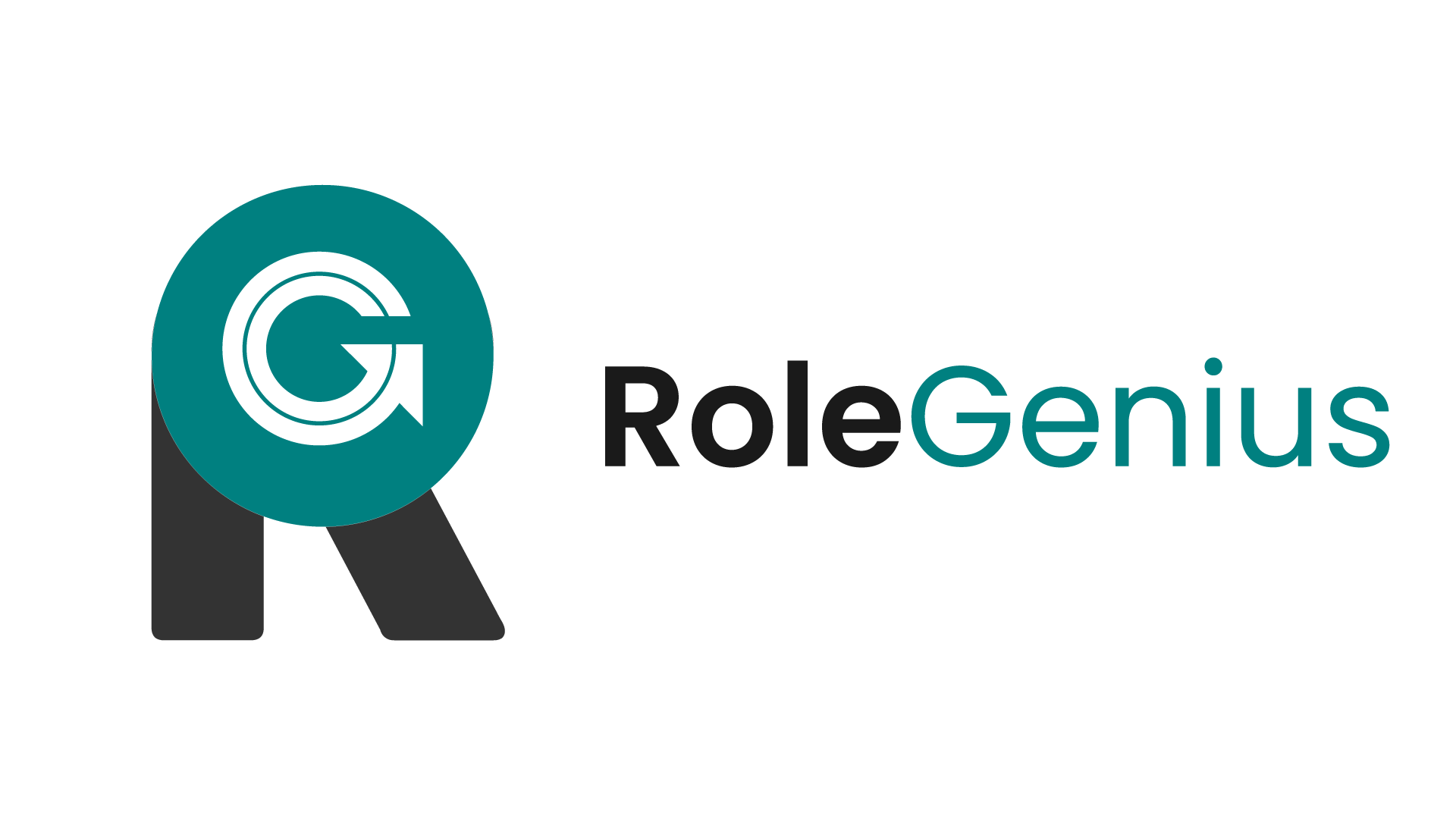
Tips for creating a standout resume and cover letter
In today’s job market, it’s important to have a standout resume and cover letter to increase your chances of landing an interview. Hiring managers often receive hundreds of applications for a single job, so your application needs to stand out from the crowd. Here are some tips for creating a standout resume and cover letter:
- Tailor your application to the job The first and most important step is to tailor your application to the job you’re applying for. Read the job description carefully and make sure your resume and cover letter address the specific requirements and qualifications mentioned in the posting. This will show the hiring manager that you’ve done your research and are a good fit for the role.
- Use keywords Many companies use applicant tracking systems (ATS) to screen resumes before they are seen by a human. To ensure your application makes it through the screening process, use keywords that are relevant to the job description. This could include specific skills, job titles, or industry-related terms.
- Highlight your achievements Instead of just listing your job duties, highlight your achievements and quantify them with specific numbers or percentages. For example, instead of saying you “increased sales,” say that you “increased sales by 20% in the first quarter.” This shows the hiring manager that you’re results-driven and have a track record of success.
- Keep it concise Your resume and cover letter should be concise and easy to read. Use bullet points to break up long paragraphs and avoid using overly complex language. Keep your resume to one or two pages and your cover letter to one page.
- Make it visually appealing A visually appealing resume and cover letter can make a big difference in how they’re received. Use a clean, easy-to-read font, and consider using bold or italicized text to highlight important information. You can also add some color or design elements to make your application stand out, but be careful not to overdo it.
- Proofread, proofread, proofread Finally, before you submit your application, make sure to proofread it thoroughly. Spelling and grammar errors can make a bad impression on the hiring manager and may cause them to overlook your application. Ask a friend or family member to review your application as well, as a fresh set of eyes can often catch mistakes you might have missed.
In conclusion, creating a standout resume and cover letter requires some effort, but it can make a big difference in your job search. By tailoring your application to the job, highlighting your achievements, and making it visually appealing, you can increase your chances of landing an interview and ultimately getting the job you want.

Navigating Career Changes and Transitioning to a New Role
Navigating Career Changes and Transitioning to a New Role
Making a career change can be both exciting and overwhelming. Whether you’re looking for a new challenge, switching to a different industry, or pursuing a long-held dream, changing careers can provide a fresh start and new opportunities. However, transitioning to a new role can also be challenging, especially if you don’t have much experience in your desired field. In this blog post, we’ll explore some tips for navigating career changes and transitioning to a new role.
- Identify your strengths and transferable skills When considering a career change, start by identifying your strengths and transferable skills. These are skills that can be applied to a variety of roles and industries, such as communication, problem-solving, and leadership. By focusing on your strengths and transferable skills, you can identify roles and industries that align with your abilities and experience.
- Do your research Before making a career change, do your research on your desired field. Learn as much as you can about the industry, job roles, and required skills. This can involve attending networking events, informational interviews, and job fairs. By building a network and learning about the industry, you can gain a better understanding of what to expect in your new role.
- Consider additional education or training Depending on the career change you’re pursuing, you may need to acquire additional education or training. This can involve pursuing a degree, certification, or attending workshops and training sessions. By investing in your education and skills development, you can improve your chances of success in your new role.
- Update your resume and cover letter When applying for jobs in a new industry, it’s important to update your resume and cover letter to reflect your skills and experience. Highlight your transferable skills and relevant experience, and customize your resume and cover letter to each job application. Consider hiring a professional resume writer or career coach to help you create a standout resume and cover letter.
- Be patient and persistent Transitioning to a new role can take time and patience. Be prepared to apply for multiple jobs and attend several interviews before landing your dream role. Don’t get discouraged by rejection or setbacks, and stay persistent in your job search.
In conclusion, navigating career changes and transitioning to a new role can be a challenging process, but by identifying your strengths, doing your research, investing in education and training, updating your resume and cover letter, and staying patient and persistent, you can successfully transition to a new career. Remember that a career change can provide new opportunities and experiences, so don’t be afraid to take the leap and pursue your dreams.
